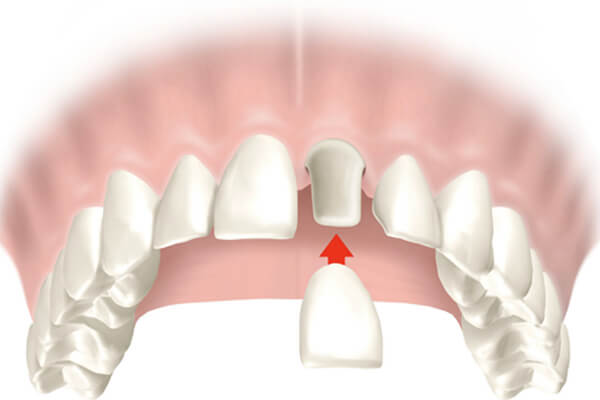
Dental Crowns or Teeth Crowns Services
WHAT ARE DENTAL CROWNS?
A crown, which is also known as a dental cap, is a type of dental restoration which completely caps, covers or encircles a tooth or dental implant. Crowns are needed when a large cavity threatens a tooth. They are typically bonded to your tooth using the dental cement. Crowns can be made from any type of materials. Crowns are used to improve the appearance or strength of your teeth.
WHY DENTAL CROWNS ARE USED?
Crowns are generally used to:
• Restore the form, function, and appearance of a badly broken down, worn or fractured teeth, where other simple forms of restorations have been found to fail clinically.
• Improve the aesthetics of your teeth which cannot be managed by performing simpler cosmetic procedures.
• To maintain the structure and stability and to reduce the risk of fractures of extensively restored teeth including like teeth which have been root filled in your Root Canal Treatment.
• Restore a dental implant.
WHAT TYPES OF CROWNS ARE AVAILABLE?
Permanent crowns can be made from a material like stainless steel, all metal (such as gold or any other alloy), porcelain-fused-to-metal, all resin,
or all ceramic.
• Stainless steel crowns are prefabricated crowns that are used on permanent teeth as a temporary measure. The crown protects the tooth or the filling while a
permanent crown is made from another material. For children, a stainless steel crown is commonly used to fit over his primary tooth. The crown covers the
entire tooth and protects it from further decay or infections. When the primary tooth comes out to make a room for the permanent tooth, the crown comes out
naturally with it. Generally, stainless steel crowns are used for children's teeth because stainless steel crowns don't require the multiple dental visits
to put in place and so are more cost-effective than custom-made crowns and prophylactic dental care needed to protect a tooth without a crown.
• Metals used to make crowns includes the alloys that have a high content of gold or platinum, or base-metal alloys (for example, cobalt- chromium and nickel-chromium alloys).
Metal crowns easily help us in biting and chewing well and probably last the longest in terms of wear down. Also, metal crowns rarely break. The metallic color is the
main drawback of this type of crown. Metal crowns are a good choice for your molars.
• Porcelain-fused-to-metal dental crowns can match your adjacent teeth in the color (unlike the metallic crowns). The crown's porcelain portion can also break off.
Next, to all-ceramic crowns, porcelain-fused-to-metal crowns look most like normal, genuine-real teeth. However, sometimes the metal underlying the crown's
porcelain can show a dark line, especially at the gum line. These crowns can be a good choice for front or back teeth as well as for long bridges
where the metal is needed for the strength.
• All-resin dental crowns are less expensive than any other crown types. However, they wear down over time and are more helpful to the fractures than
porcelain-fused-to-metal crowns.
• All-ceramic or all-porcelain dental crowns provide better natural color match than any other type of crown and may be more suitable for people with metal
and all-resin dental crowns. All-ceramic crowns can be also used for front and back teeth.
• Temporary versus permanent. Temporary crowns can be made in any dentist's office or clinic, whereas most permanent crowns are made in the dental laboratories.
Typically, temporary crowns are made of an acrylic-based material or stainless steel and can be used as a temporary restoration until a permanent crown is constructed by a dentist in the laboratory.
HOW LONG DO THE DENTAL CROWNS LAST?
On an average, dental crowns last between five and 15 years. The lifespan of any crown depends on the amount of "wear and tear" the crown is exposed to till the time it is broken, how well you follow the good oral hygiene practices, and your personal mouth-related habits (you should avoid such bad habits as grinding or clenching your teeth, chewing ice, biting fingernails and using your teeth to open any packaging).
Appointment
Book An Appointment Now!
We at All Brite Dentistry want to give each of our patients the most gentle and highest quality dental care possible. It starts with your very first phone call. Compassion and understanding are a priority.
Our Services
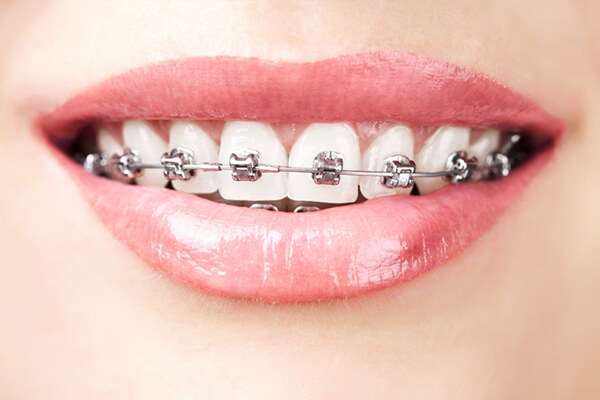
Teeth braces or dental braces
Dental braces are also known as braces, or orthodontic cases are the devices which are used in orthodontics that aligns and straightens your teeth.
Read More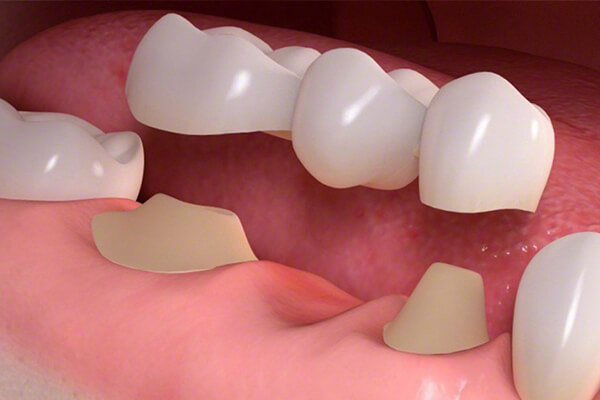
Dental bridges
A bridge is a fixed dental restoration which usually replaces one or more missing teeth by joining an artificial tooth adjacent to the other teeth.
Read More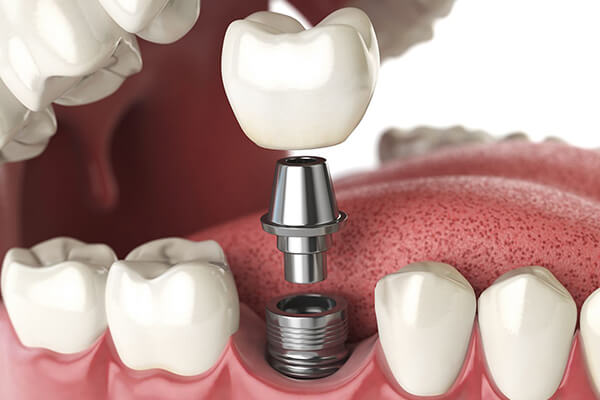
Dental implants and restorations
A dental implants are also known as an Endosseous implant or a fixture is a surgical component that interfaces with the bone of the jaw or skull.
Read More
Dental crowns or teeth crowns
A crown, which is also known as a dental cap, is a type of dental restoration which completely caps, covers or encircles a tooth or dental implant.
Read More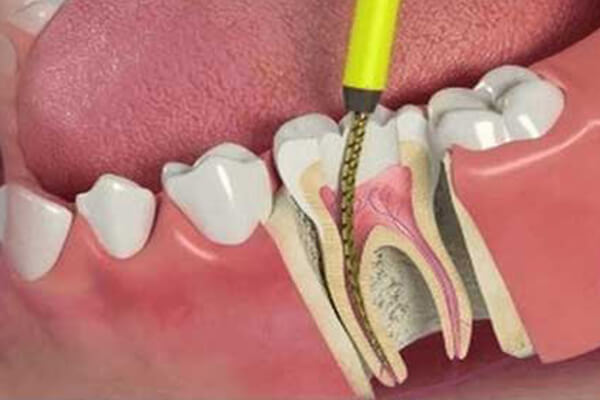
Root canal treatment/procedure
Endodontic therapy, which is also known as endodontic treatment or root canal therapy, is a treatment for the infected pulp of a tooth which results in the cure of infection.
Read More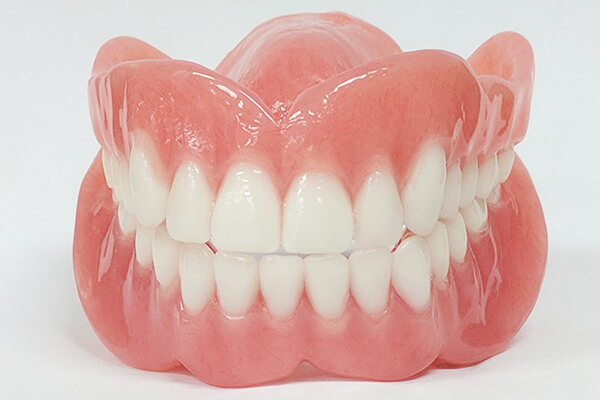
Dentures
Dentures are the artificial teeth worn by the people who don't have their real teeth. Dentures are also called false teeth or dental plate.
Read More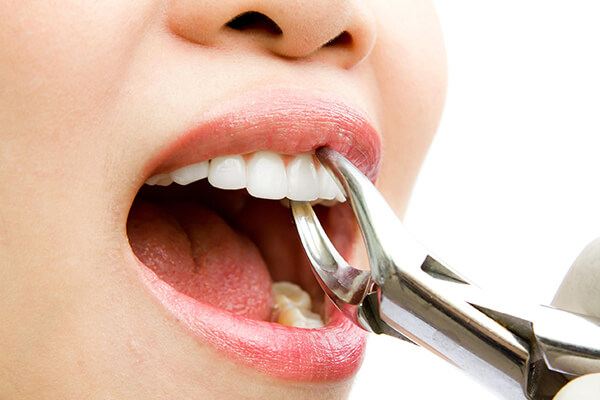
Teeth extractions
Although permanent teeth were meant to last for the lifetime, there are a number of reasons because of which tooth extraction may be needed.
Read More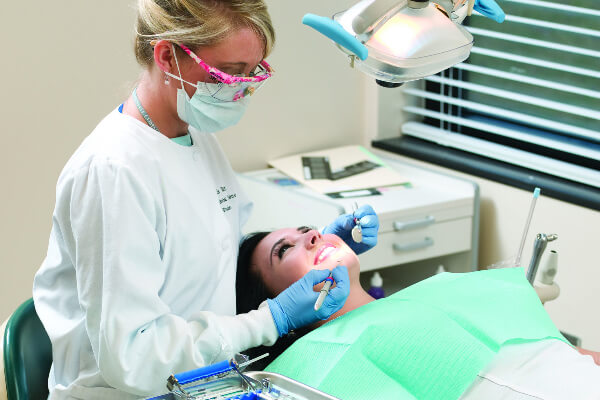
Dental hygiene
Dental Hygienics is one of the leading providers of dental decontamination equipment and products.A dental hygienist is a licensed dental professional.
Read More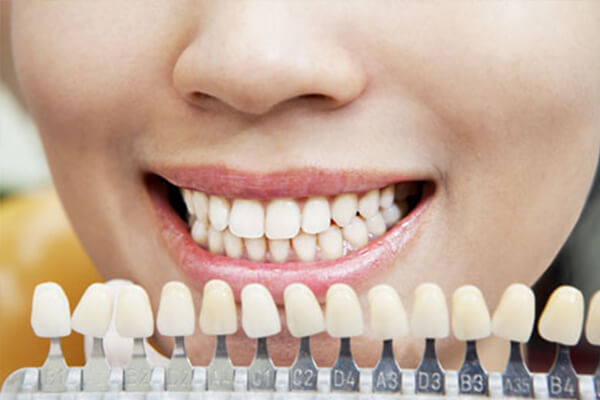
Teeth veneers
Dental veneers are wafer-thin, customized shells of tooth-colored materials designed to cover the front surface of your teeth to improve your appearance.
Read More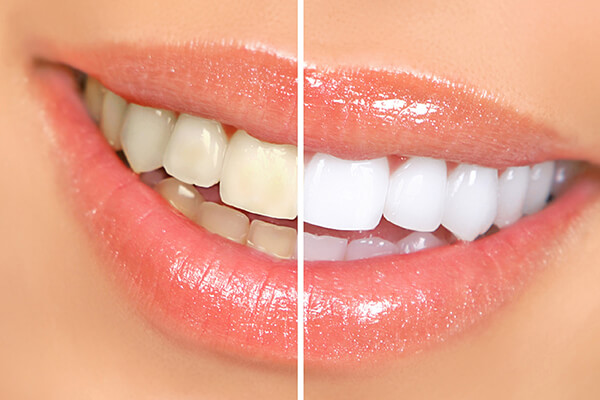
Teeth whitening
Teeth whitening involves the bleaching of your teeth to make them lighter, clean and white. It can't make your teeth brilliantly white, but it can lighten the existing color.
Read More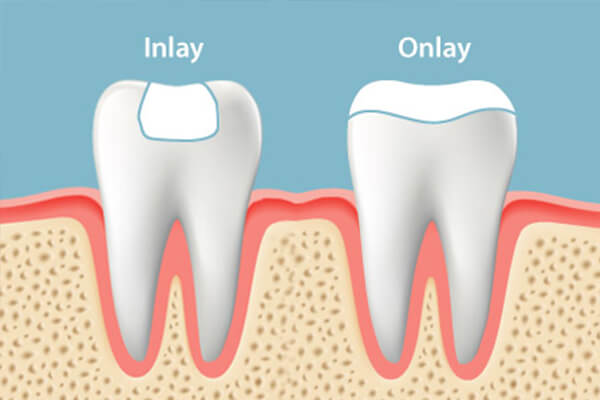
Inlays and onlays
Inlays and Onlays are used when the tooth has experienced too much of damage that it cannot support a basic filling, but not so much damage that a crown is necessary.
Read More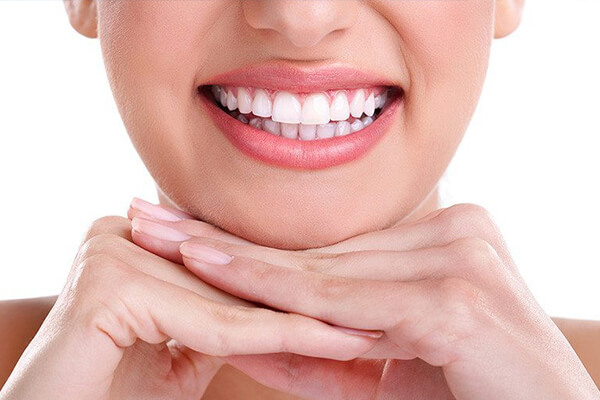
Cosmetic dental fillings
Aesthetic dentistry is a branch of dentistry that involves skills and techniques to improve your alignment, smile’s appearance, shape, color, and size.
Read More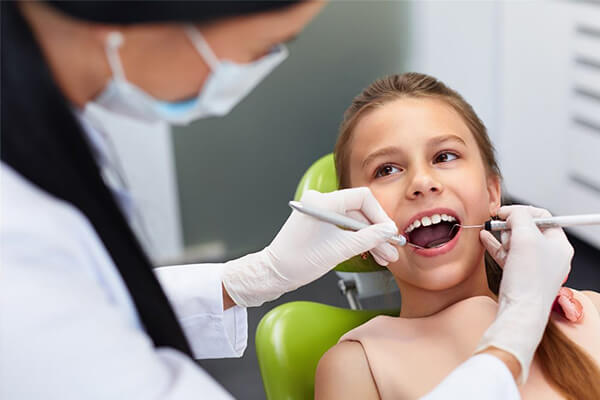
Pediatric dentist
Pediatric dentists are also called kids’ dentists or child dentists. They are basically dedicated to the oral health of children from infancy through their teenage.
Read More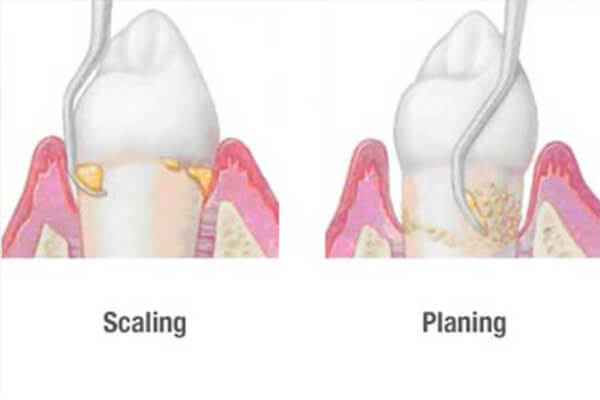
Teeth scaling and root planning
Teeth scaling and root planning is a procedure involving removal of dental plaque and calculus ( tartar ) and then smoothing of the (exposed) surfaces of the roots.
Read More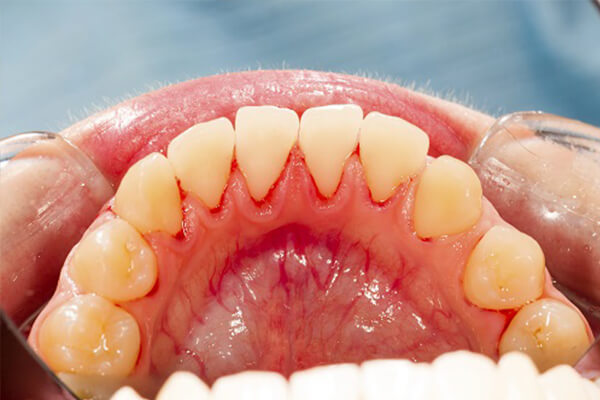
Periodontal gum disease
Periodontology is the specialty of dentistry that studies for the supporting structures of teeth, as well as the diseases and conditions that can affect them.
Read More
Cosmetic dentistry
Cosmetic dentistry refers to any kind of dental work that improves the appearance (not necessarily the functionality) of teeth, gums and/or bite.
Read More
Family dentistry
Consetetur sadipscing elitr, sed diam nonumy eirmod tempor invidunt ut labore et dolor erat, sed diam voluptua, maiores possimus fugiat repellat totam.
Read More
Emergency dentistry
Before searching for an emergency Dentist, It is important to know that what kind of injuries really required an emergency dental care, so you can make sure that teeth are taken care.
Read More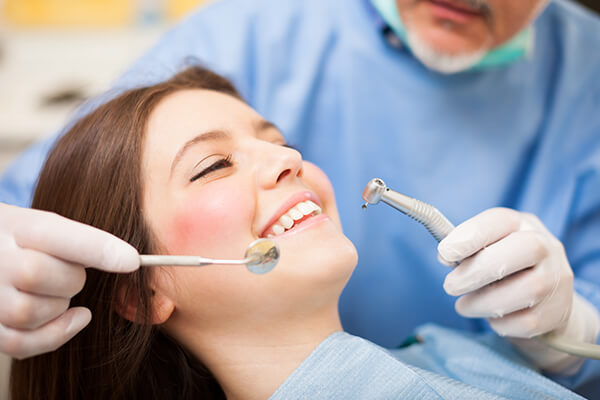
Dental exams and cleanings
Many people feel afraid of teeth cleanings. Between the prodding, strange noises, and the occasional jaw discomfort, it’s easy to understand their apprehension.
Read More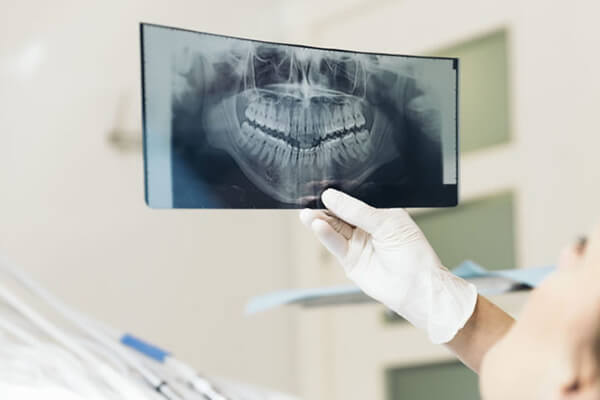
Dental X-Rays
X-rays are also known as radiographs. An x-ray is a type of ray energy that passes through soft tissues and is absorbed by dense tissue. They are diagnostic,also be preventative.
Read More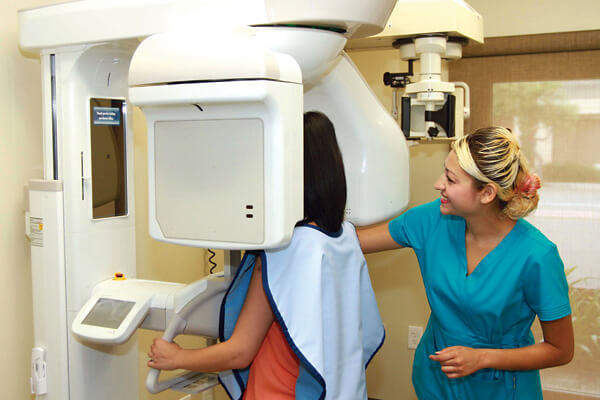
CT scan
CBCT stands for Cone Beam Computed Tomography. It is a technology used to take three dimensional (3-D) images of your teeth, maxillary sinus, nerve pathways, and bone .
Read More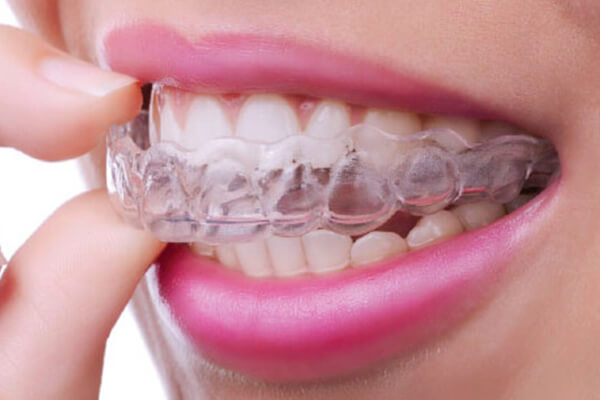
Night guards
A mouth guard is a protective device for your mouth that covers your teeth and your gums to prevent and reduce the injury to your teeth, arches, lips, and your gums.
Read More
Sleep apnea dentist
Sleep apnea is a sleep disorder in which your breathing starts and stops repeatedly. If you snore loudly and feel tired even after having a full night's sleep.
Read More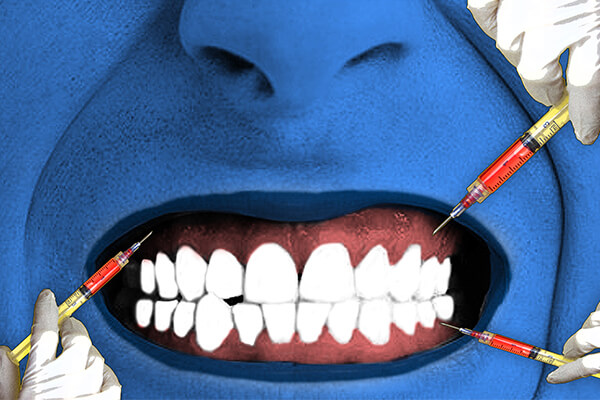
Dental botox theraphy
The active, therapeutic neurotoxin is harvested, separated and purified in a laboratory to make it safe and effective for the treatment.
Read More